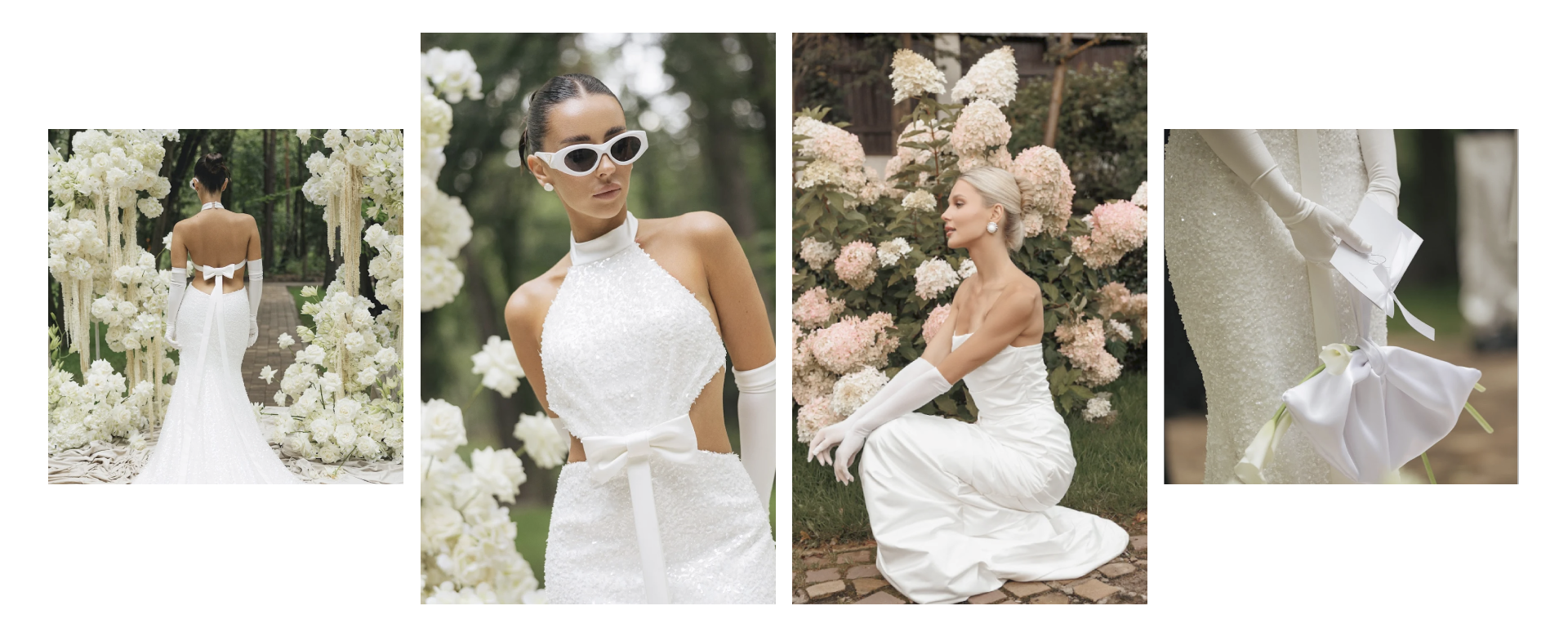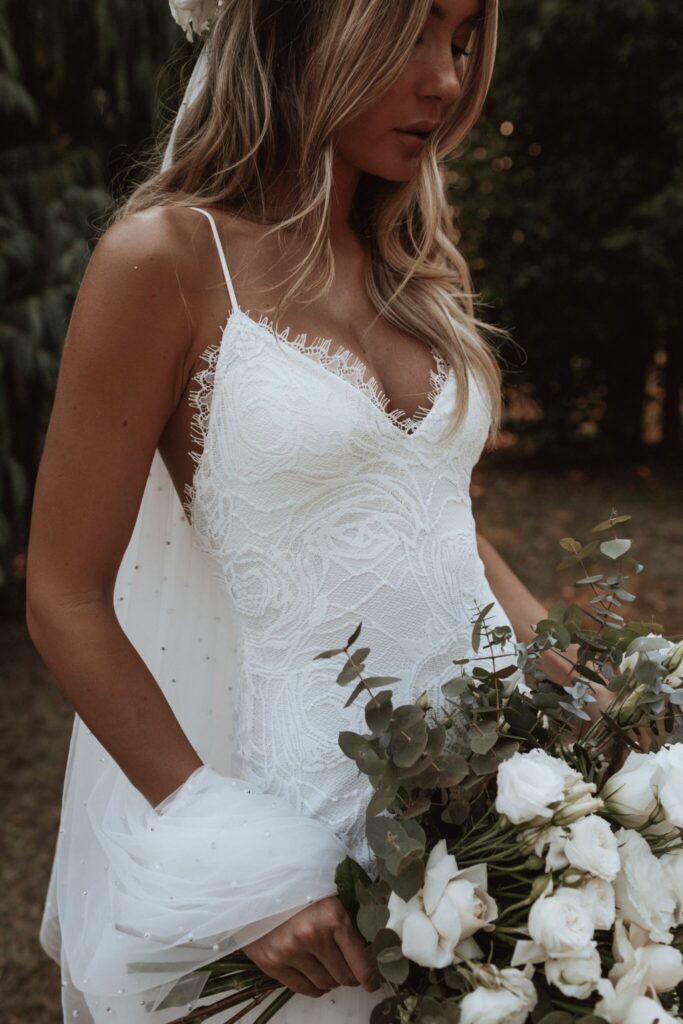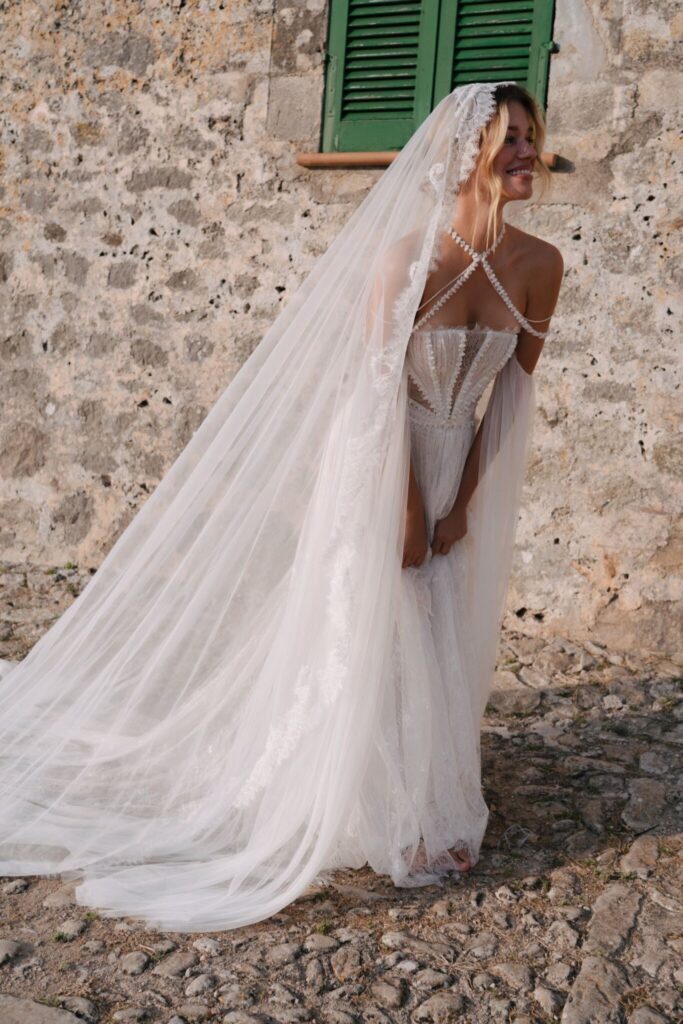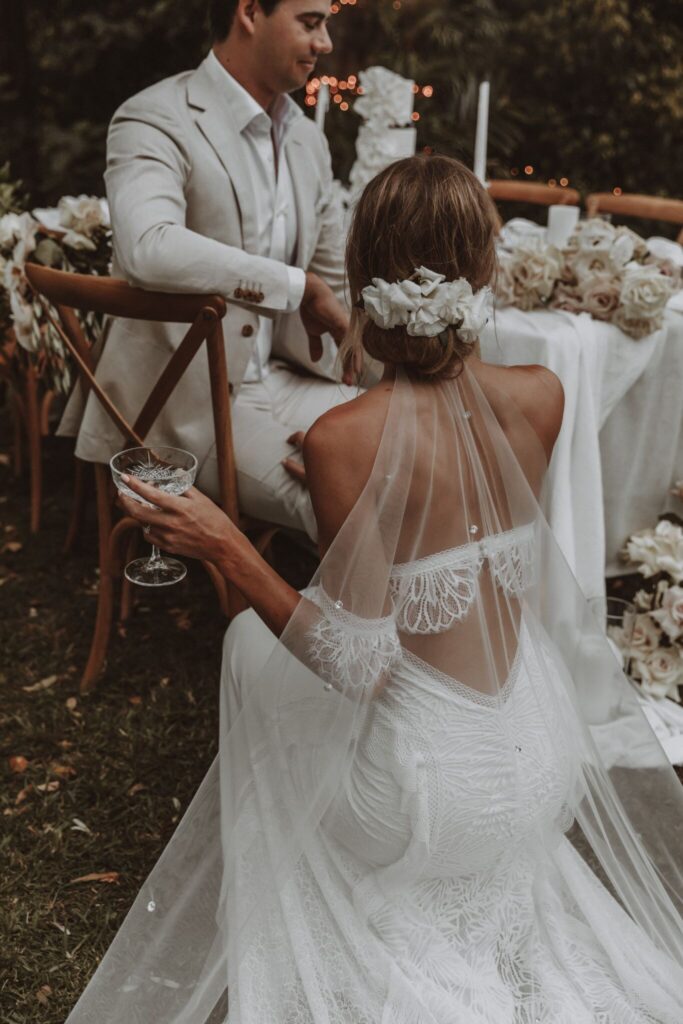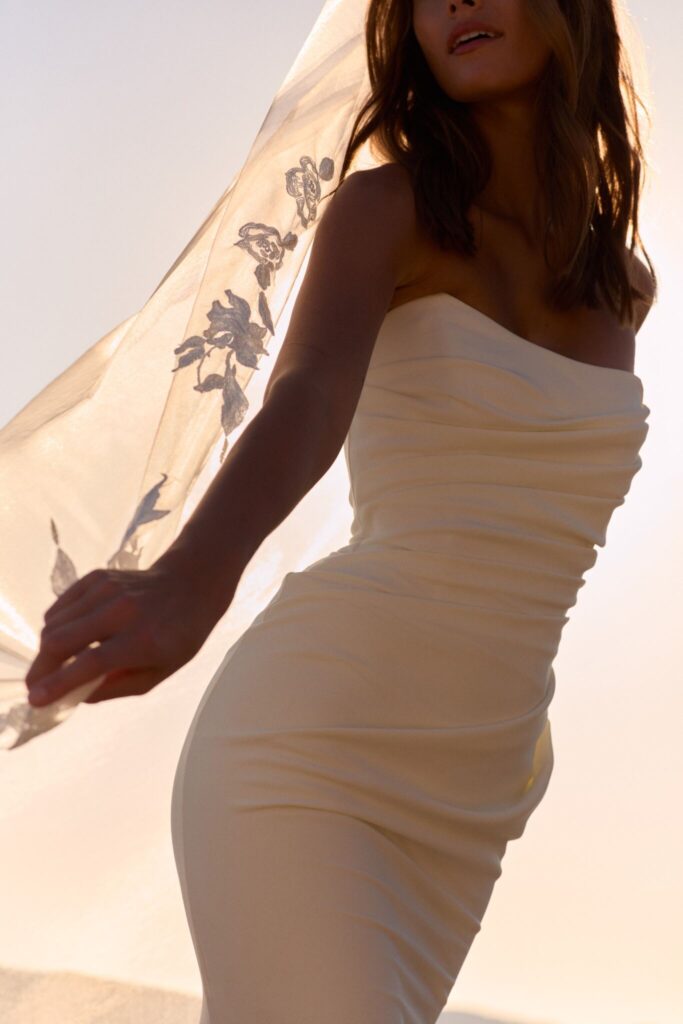Because your wedding dress should be as memorable as your love story. From Byron Bay beaches to Sydney ballrooms, here is how Australian brides find their perfect gown.
Why Is Your Dress More Than Just Fabric?
Every bride remembers the first time she puts on a wedding dress. Some feel instant tears and a shiver down the spine; some are slow realisers – one dress, two dresses, three, and then the mirror shows more than a bride… but the bride she only ever dreamed of being.
The dress matters! It is the centerpiece of the day, it sets the ambiance, it complements the venue, and it becomes a part of the memories that live in photos for decades….
In Australia, we have weddings from barefoot ceremonies in Byron Bay to black tie in a formal ballroom in Sydney, so for every bride, “the perfect dress” is interpreted differently…
And here’s the raw truth: you don’t need a five-figure budget or any couture label to find a perfect Australian wedding dress that makes you feel extraordinary. What you need is right guidance, patience, and a touch of self-discovery. So, let’s walk through this together…
Ways to Find the Perfect Australian Wedding Dress:
Step 1: Finding the Perfect Silhouette
Every bride is unique, and the right silhouette can enhance your natural beauty while making you feel yourself. Think of silhouettes as love languages; they are about expression, personality, and how you want to feel. Here are the most timeless shapes you will find easily in Australian bridal boutiques:
A-Line: Timeless and Versatile…The A-Line gown gently flares from the waist, flattering every body type. Perfect for garden weddings or brides who want classic elegance like twirling in a Hunter Valley vineyard.
Ball Gown: You can live your cinderella moment with this… The dress is best suited for grand venues like Sydney Opera House receptions or brides’ unapologetically dramatic entrance moments.
Mermaid/Trumpet: If you love glamour and confidence, the style hugs the body before flaring out at the knee. A bold choice for the brides who want red-carpet drama.
Tea-Length: Retro and playful, the shorter style is perfect for courthouse ceremonies, backyard weddings, or brides who adore vintage aesthetics. It’s unexpected and perfect for dancing all night.
Sheath: A minimalist silhouette that is fuss-free, skims the body, and highlights the curves elegantly. Popular for beach weddings and modern city ceremonies.
Real Bride Story: One bride in Perth thought she wanted a dramatic ball gown, but the moment she slipped into a “simple crepe sheath,” she lit up… “It felt like it was made for me,” she said. That’s the real magic; you never try, you will never know
Step 2: Fabrics: Choosing Texture, Beauty with Comfort
The right fabric doesn’t just change the look of a dress but also cares for your comfort and photographs. In Australia, where the climate ranges from tropical to temperate, the fabric choice should be both practical and aesthetic… Here’s a breakdown for your fabric selection:
Silk: Elegant, Luxurious, and Classic silk drapes beautifully and feels timeless. The fabric works well for cooler climates like Tasmania or autumn weddings.
Lace: Add romance and texture. Lace adds depth and detail to your gown. Perfect for rustic barns or vineyard ceremonies.
(Australian designers often use modern lace patterns to give this traditional fabric a fresh spin.)
Chiffon: Lightweight and has airy layers that create volume. Chiffon is ideal for outdoor and beach weddings. It floats effortlessly with the breeze and gives you princess vibes without stiffness.
Satin: With its alluring smooth finish and subtle sheen, satin gives structure and sophistication. Perfect for evening or black-tie weddings. Hugely popular with modern Australian brides who want elegance without embellishment.
Organza & Tulle: Both beautiful fabrics are lightweight but voluminous. Perfect for warm weather and outdoor venues. Often used in ballgowns for that dreamy, layered effect.
Tip for Aussie Brides: A satin gown may look divine in a Sydney boutique, but if you are marrying in tropical Cairns, you might feel like you are wearing a sauna. For a summer wedding in Queensland, breathable fabrics like chiffon or Organza will keep you cool. For a winter ceremony in Tasmania, a heavier fabric like silk mikado or velvet adds warmth and elegance.
Step 3: Budgeting Your Wedding Dress Without Losing the Dream
Here’s a rough guide for every budget:
$500-$1,500: Off-the-rack gowns from bridal boutiques, department stores, or online retailers. Alterations may be extra.
$1,500-$3,000: Mid-range Australian designers and semi-custom gowns. A sweet spot for brides who want quality without breaking the bank.
$3,000-$8,000+: Couture and luxury gowns from high-end designers.
Don’t forget hidden costs: Alterations ($300-$800 on average), accessories (viels, shoes, jewellery), and professional cleaning after the wedding.
Budget Tip: Set aside 10-15% of your overall wedding budget for the dress. This helps you shop realistically while still leaving room for magic.
Step 4: Timeline: When to Start Shopping?
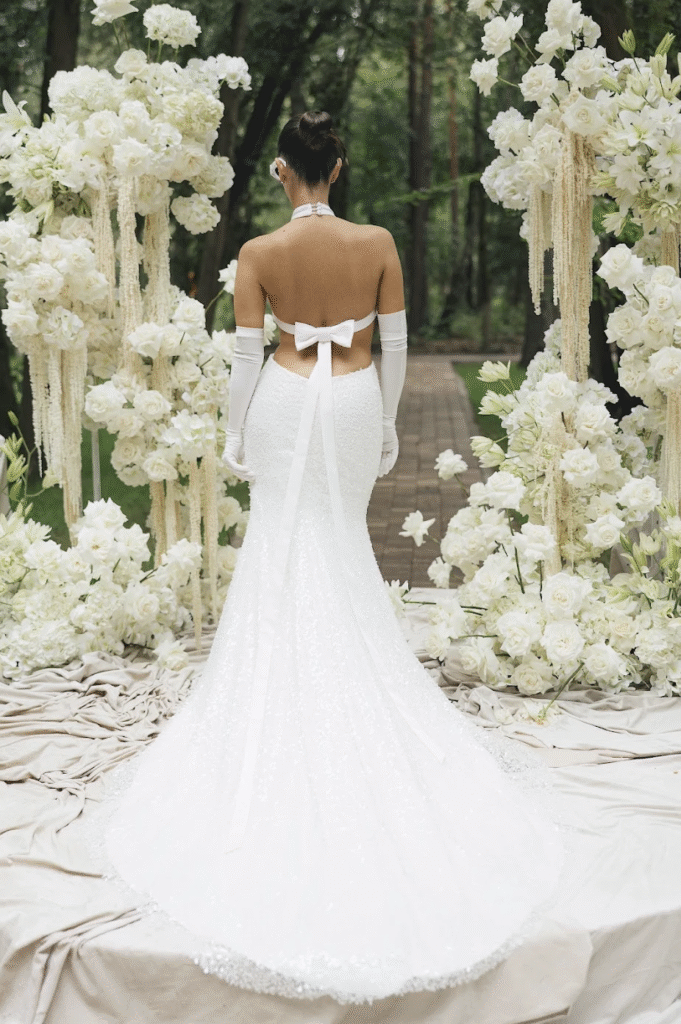
Unlike a cocktail dress, bridal gowns are often made-to-order, which means patience is essential. Most Australian Bridal stylists recommend the following timeline:
12-18 months before: Research silhouettes, fabrics, and designers.
9-12 months before: Start boutique appointments and order your gown. Buy accessories and schedule alterations. This is a comfortable timeline for most brides ordering designer or custom gowns.
6-9 months before: First fitting when your gown arrives.
3-4 months before: Second fitting for detailed adjustments.
1 month before: Final fitting-practice walking, dancing, sitting in your gown.
Short on Time: If your wedding is in under 6 months, focus on ready-to-wear or sample gowns to avoid rush fees (Timeline can vary according to the bride’s choice.)
Step 5: Alteration: The secret to a Perfect Fit.
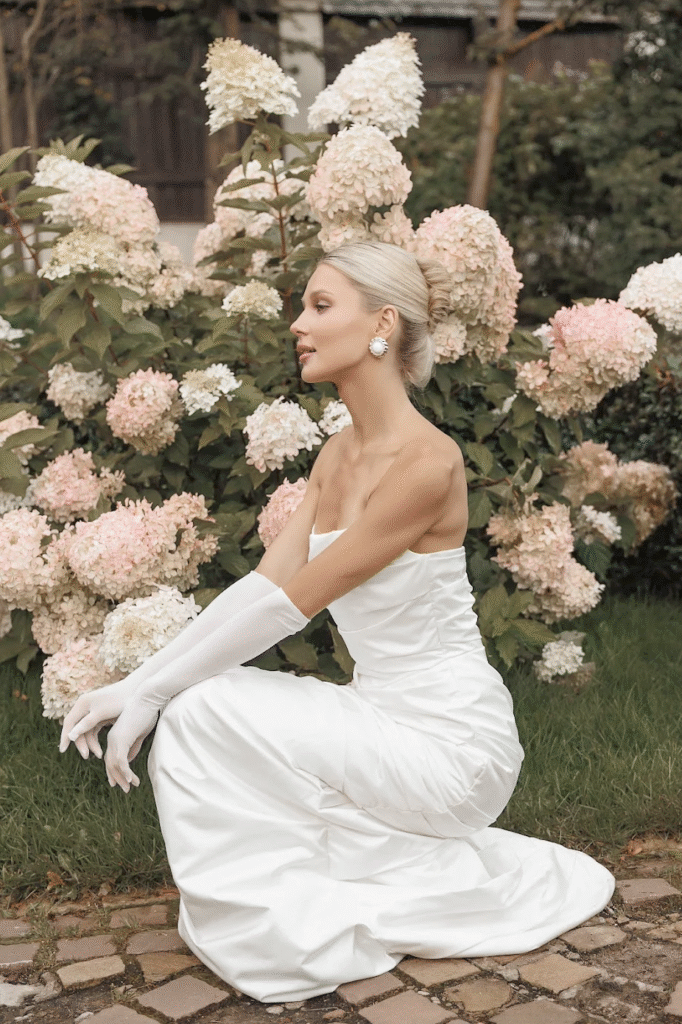
Even a beautiful dress won’t look its best until it’s tailored to your body. Almost every bride needs adjustments, whether it’s subtle or major. Alterations help transform a beautiful dress into your dream dress.
Common Alterations include:
- Hem adjustments that match your shoes’ height
- Bust support and internal structure (especially for strapless or low-back styles)
- Waist and side seams
- Adjusting straps and sleeves
- Adding cups, a bustle for heavy skirts for dancing.
Bring your planned shoes and undergarments to the fittings. Ask how many fittings are included and whether there will be an additional cost for unexpected tweaks. Expect to invest between $300 and $800, depending on the complexity.
Step 6: Celebrated Australian Designers & Boutiques
Australia’s bridal industry is home to the world’s most bridal designers, blending contemporary elegance with a relaxed coastal spirit. Here are some names to know:
Grace Loves Lace (Burleigh Heads, QLD): Famous for bohemian gowns crafted with stretch lace and effortless comfort.
Anna Campbell (Melbourne): Romantic beading and ethereal draping.
Pallas Couture (Sydney): Luxe couture with structured silhouettes and French lace detailing.
Karen Willis Holmes (Sydney and Melbourne): Timeless silhouettes with modern detailing.
Made With Love Bridal (Gold Coast): Minimalist, modern gowns loved by trend-forward brides.
Suzanne Harward (Melbourne): Couture artistry with avant-garde touches.
Bluebell Bridal (Melbourne): Curated Australian and international designers.
Sphere Collective (Sunshine Coast): Modern and intimate showroom.
Hope X Page (Sydney): Contemporary, cool-girl bridal.
You can browse many of these designers and boutiques directly on Wedzaar, a marketplace connecting brides with local boutiques and makers.
Step 7: Venue and Season Considerations
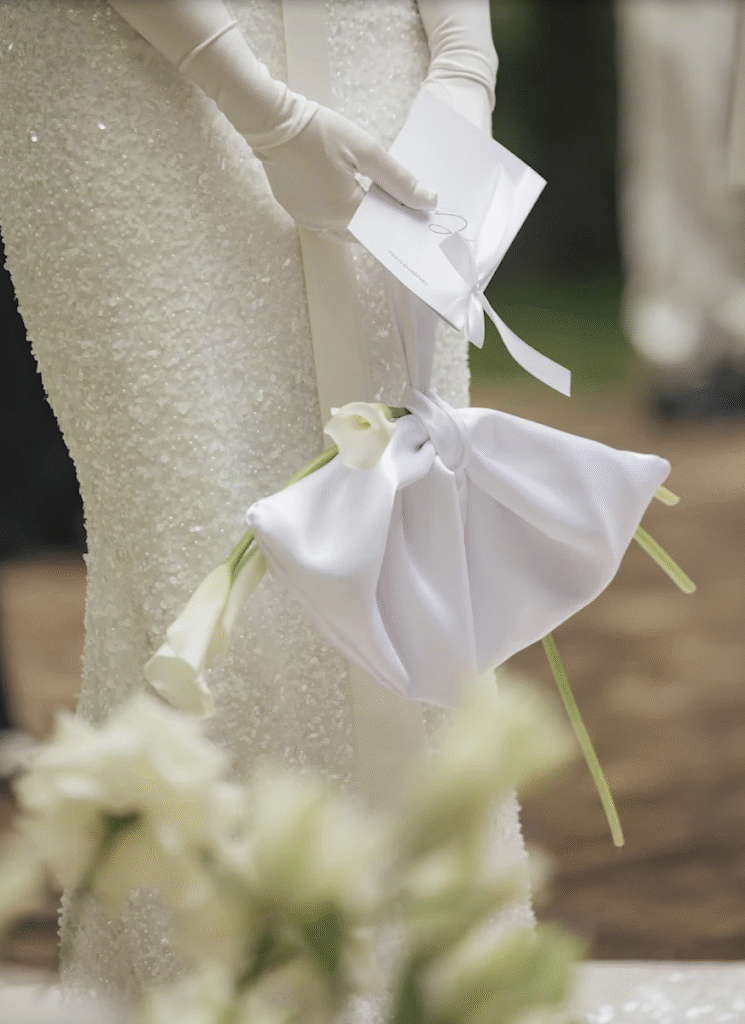
Your setting should complement, not clash with, your gown. Australia’s diverse landscapes mean climate and venue matter.
Beach wedding (Byron Bay, Whitsundays): Lightweight fabrics, relaxed silhouettes, and no heavy trains.
Winery wedding (Hunter Valley, Barossa): Flowing skirts, embroidered lace, structured silk blends, and rustic elegance.
City wedding (Sydney rooftop, Melbourne gallery): Sleek silhouettes, satin or crepe for modern minimalism and statement accessories.
Alpine/Winter wedding (Tasmania, Blue Mountains): Structured heavy fabric, long sleeves, dramatic veils, velvet wraps, chic capes, and closed-toe shoes.
Step 8: Emotional Fit and Comfort
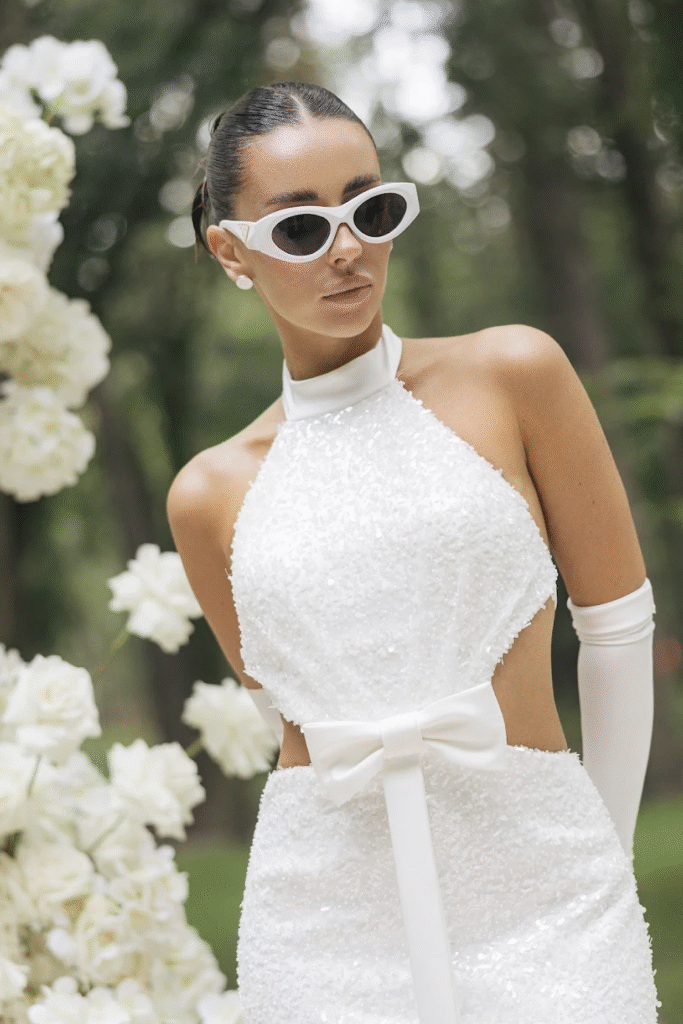
Amid budgets, fabrics, and timelines, one truth remains the same: “The perfect dress is the one that makes you feel like a bride.” Many women describe a sudden certainty; the “this is the one” moment. Just trust that instinct.
If you feel radiant, comfortable, and authentically yourself, you have found your wedding dress. Trends will fade, but how you felt in your dress will last forever. Your dress should celebrate your body, not constrain it.
Try these methods to check if the dress is the one you want:
Comfort test: Sit, walk, and dance without restriction.
Proportion play: Balance skirt volume with your height and posture.
Support: Built-in cups, boning, or corsetry where needed.
Inclusive tailoring: Skilled seamstresses can adjust for bust, hips, arms, and mobility.
Step 9: Smart Shopping Checklists
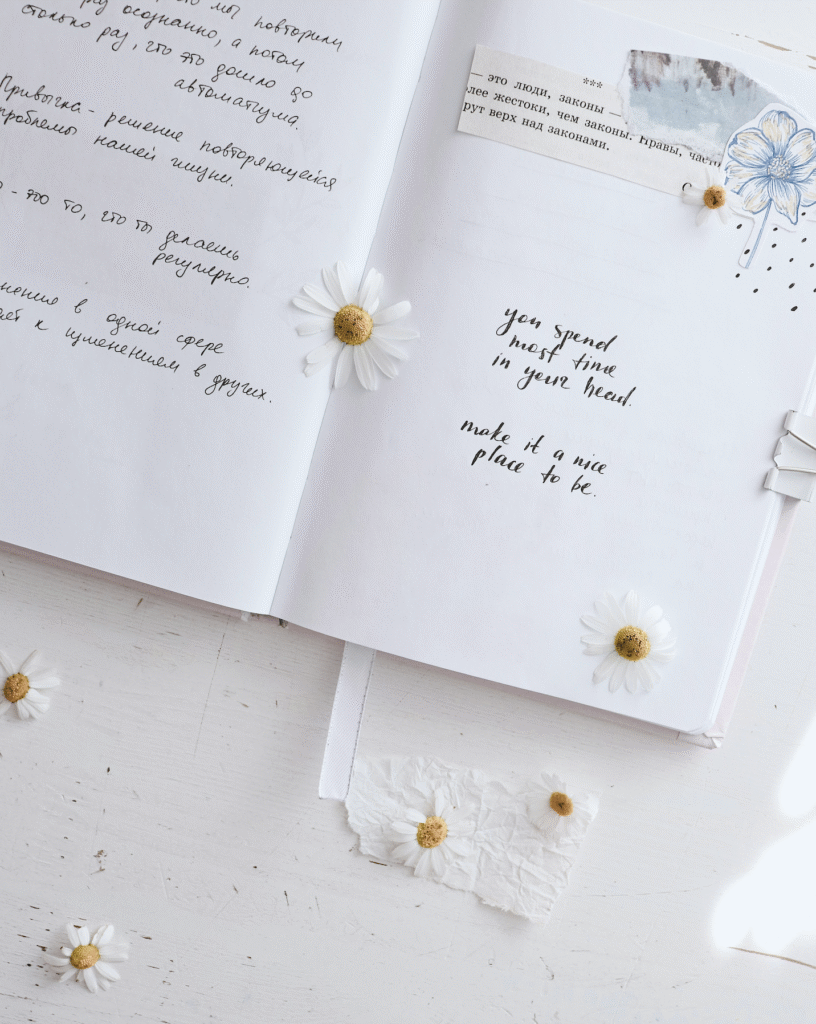
Before Appointments:
- Decide on a budget range (include alterations & accessories).
- Save inspiration images; label favorites by silhouette.
- Know your venue and season.
Appointment Prep:
- Bring 5-8 inspiration images.
- Wear seamless nude undergarments and bring your heel height.
- Confirm sample sizes, guest limits, and prize range before booking.
- Take photos and notes; ask about alterations and order timelines.
In the Fitting Room:
- Test Movement: Sit, step, raise arms, and dance.
- View in natural and indoor light.
- Check lining, seams, and zipper quality.
Questions to Ask:
- Lead time and rush fees.
- Alterations process and cost.
- Customisation options.
- Aftercare recommendations.
Bride’s Checklist:
- Research silhouettes and fabrics that suit your body and climate.
- Set a budget (including alterations & accessories).
- Begin shopping 9-12 months out.
- Schedule fittings in advance.
- Explore Australian designers for locally made gowns.
- Consider your venue and season.
- Choose the gown that makes you feel incredible.
Closing Thoughts: Your Australian Wedding Dress, Your Story
The perfect Australian wedding dress is not the most expensive, the most on-trend, or the most photographed; it’s the one that feels like it was made for you. It is a blend of balancing tradition with individuality, elegance with comfort, and dreams with budgets.
Fortunately, Australia’s bridal fashion sense offers something for every bride; whether it’s bohemian lace drifting across a Byron Bay beach, couture glamour in a Sydney ballroom, or timeless simplicity in a Melbourne chapel.
When you’re finally ready to begin your dress hunt, check out Wedzaar to connect with trusted designers of wedding dresses in Australia. You will get expert advice and see reviews from real brides – you’ll be able to find the perfect dress that feels like it was designed just for you with no sacrifice on style, comfort, or avoiding your budget.

